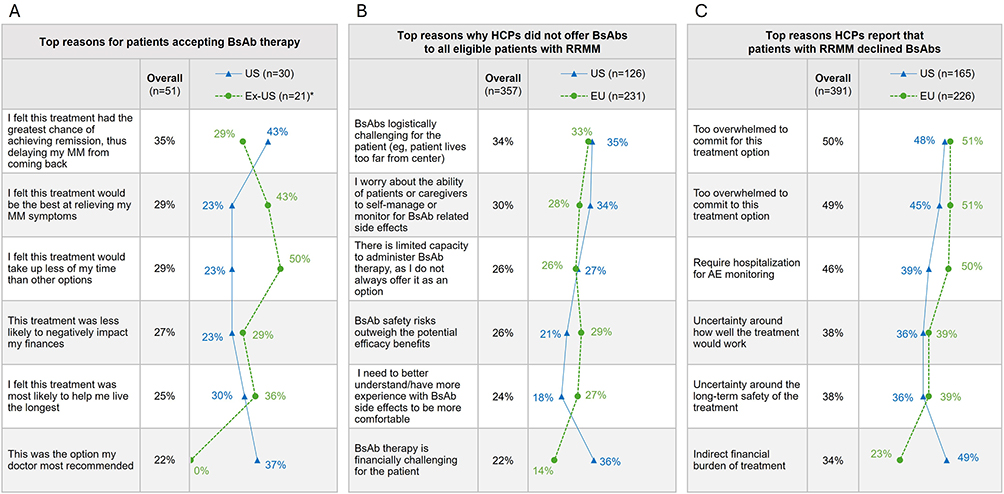
Adapting to a New Era of Health Care: Reconstructing Clinical and Financial Models for Sustainable, Patient-Centric Delivery
As conventional health insurance increasingly becomes less accessible and affordable, the health care system reaches a pivotal turning point. Insurance providers are cutting back on coverage, raising deductibles, and narrowing preferred provider networks. This transition compels patients to make decisions regarding their health not only based on medical requirements but also based on costs, timing, and their capacity to manage escalating administrative challenges.
For physicians and clinical leaders, this dilemma signals an urgent need for action: to reconsider not only the delivery of care but also its financing. Transitioning away from the fee-for-service model towards a patient-focused, financially transparent, hybrid approach is crucial for enduring health care delivery.
Clinical Innovation Grounded in Functional Medicine
In recent years, forward-thinking clinicians have forged integrative frameworks based on functional medicine—an approach that prioritizes prevention, optimization, and long-term results. These models are particularly relevant in fields that stress proactive and continuous care, such as integrative medicine, endocrinology, regenerative therapy, and primary care.
The essential clinical components of such a model encompass:
1. Weight and Metabolic Optimization
This involves utilizing GLP-1 receptor agonists, peptide therapy, and guided lifestyle changes to restore metabolic health, decrease insulin resistance, and minimize the risk of chronic cardiovascular conditions.
2. Hormone Regulation
Tailored hormone replacement therapy (HRT), derived from extensive diagnostics and adaptive titration, promotes energy, stabilizes mood, enhances libido, and conserves muscle—especially for patients experiencing age-related hormonal decline.
3. Peptide Medicine
Personalized peptide regimens can boost cognition, facilitate healing and recuperation, reduce inflammation, and also enhance immune response.
4. IV Micronutrient Therapy
For patients with nutrient deficiencies or malabsorption issues (for instance, bariatric surgery patients or those with gut disorders), IV therapy guarantees bioavailable delivery of essential vitamins, minerals, and amino acids.
5. Advanced Preventive Diagnostics
Biomarkers now facilitate the early identification of inflammation, mitochondrial dysfunction, and initial stages of chronic illnesses—prior to the onset of symptoms—permitting clinicians to intervene more promptly and effectively.
6. Longevity and Anti-Aging Protocols
Innovations such as NAD+ supplementation, senolytic agents, and telomerase activators are becoming increasingly sought after by patients who wish not only to prolong lifespan but also to enhance healthspan—the duration of years spent in vitality and independence.
Significantly, numerous services rendered fall outside conventional insurance coverage. As the demand for these precision-focused, patient-preferred services rises, clinicians must create care models that provide patients access, predictability, and affordability.
Reconstructing the Financial Infrastructure of Care
In contrast to traditional practices where billing occurs separately from care strategy, this new model incorporates finance as a core element of clinical delivery. The objective is twofold: to enhance accessibility and improve adherence.
Key financial strategies encompass:
Health Savings Accounts (HSAs)
HSAs offer patients tax-advantaged funds usable for qualified medical expenses—including many direct-pay services. With pre-tax contributions, tax-free growth, and exempt withdrawals, HSAs present a uniquely adaptable and potent resource for health care financing.
Clinicians should proactively educate patients not just about how these accounts function, but also how to incorporate them into a long-term care strategy. Empowering patients in this manner reinforces their autonomy and boosts engagement.
Flexible Payment Models
Today’s patients encounter financial unpredictability and appreciate flexibility. Providing deferred or installment-based payment options—via in-house financing or external partners—can remove the upfront cost obstacles. The ability to choose weekly, monthly, or quarterly payments allows care to proceed at a pace that aligns with the patient’s financial situation.
Clinics can further motivate certain plans by implementing price adjustments that reward consistency and commitment while avoiding punitive measures for alternative schedules.
Subscription-Based Payment Systems
Modeled after frameworks in wellness and digital services, subscription-style plans permit patients to pay a fixed monthly fee for access to a range of clinical services. This approach allows patients to regard their care as a sustainable, ongoing investment—fostering continuity and reducing treatment fragmentation.
For practices providing hormone optimization programs, metabolic therapies, or continuous diagnostic monitoring, predictable fee structures can enhance patient retention and improve clinical outcomes.
Engaging with Empathy and Transparency
Addressing cost is one of the most delicate aspects of medical care. Nevertheless, many clinicians still treat it as an afterthought—primarily managed by staff and framed in transactional terms.
Rather, when physicians openly communicate the “why” behind each element of a treatment plan—and outline how payment options are structured—they validate patient worries, alleviate financial stress, and bolster trust.
Effective strategies include:
– Presenting interventions as long-term investments in health outcomes.
– Highlighting the normalcy and strategic benefits of HSAs and financing platforms.
– Offering complete price breakdowns upfront with value-